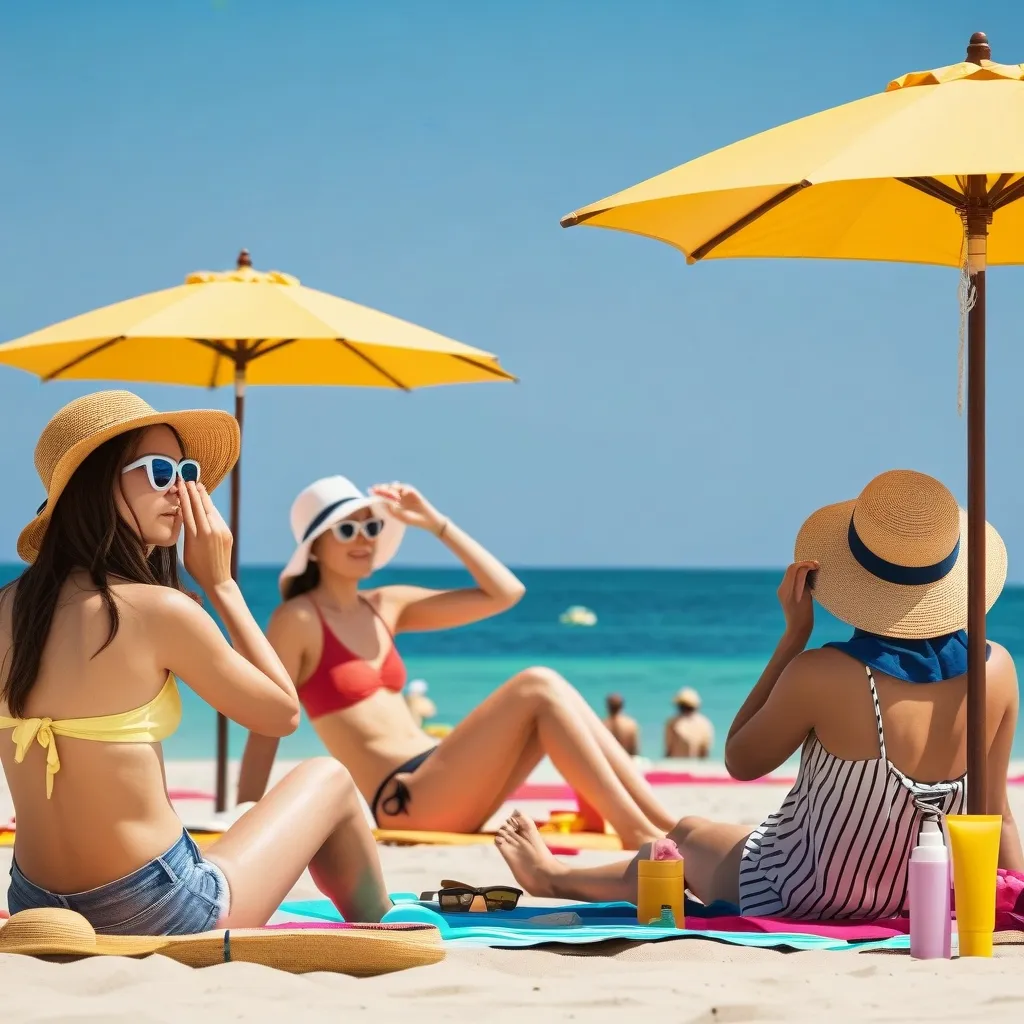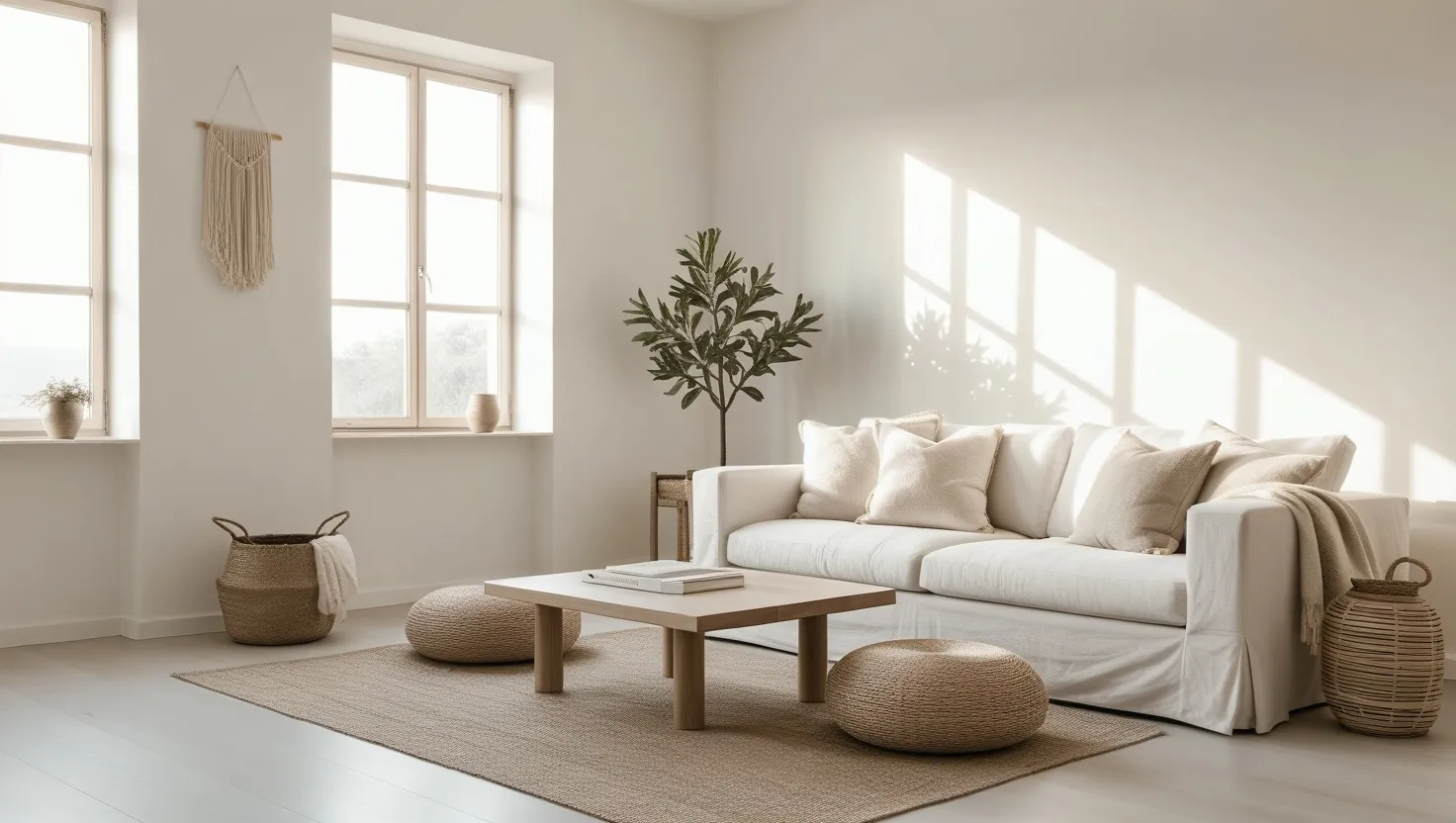Moxibustion is this really ancient Chinese medicine technique that’s still pretty cool today. It’s been around for more than 2,500 years, and it’s all about burning mugwort leaves to help with healing and overall health. Traditional Chinese Medicine (TCM) swears by it, mostly for getting that energy, or ‘Qi’, to flow better through the body by heating up specific spots on the skin.
There are a few ways to do moxibustion. One old-school method is placing a tiny cone of moxa, which is the mugwort bit, right on the skin and lighting it up. The heat gets trapped there until it really warms up the skin and makes it red. Then, the practitioner removes it before it burns too much. Another way is using acupuncture needles. You stick the moxa on the needle, and the heat travels down the needle into the body. It’s pretty clever. Then there’s indirect moxibustion, which is safer for people who might be a bit wary. The moxa burns about an inch away from the skin, so you feel the heat but don’t get burned.
Moxibustion is surprisingly versatile. It’s used for stuff like back pain, arthritis, headaches, migraines, muscle stiffness, tendonitis, ulcers, fatigue, infertility, menstrual cramps, and even cancer. The belief here is that the heat helps energy (that’s the Qi again) flow better through these pathways called meridians, easing all those aches and pains.
Scientists have been checking it out too. There are some studies showing it helps with chronic kidney disease by lowering serum creatinine levels, for example. It’s also been said to help postmenopausal women with those horrid hot flashes—reducing both their severity and frequency. Ulcerative colitis isn’t conclusively cured by it, at least not yet, but researchers are still poking around to see if it helps with inflammatory bowel diseases.
Moxibustion is even flagged as a safe bet for breech babies in pregnancy. There was a study back in 2005 which didn’t say it totally fixed the problem but suggested it could reduce the need for some medical procedures to turn the baby around. It’s a bit medieval, but if you get it done in a hospital by someone who knows what they’re doing, like midwives and obstetricians, it might be worth a shot.
The whole moxibustion story starts way back in ancient China. Texts from before the Qin dynasty talk about it, and there’s literature in the Zuo zhuan and the silk books found in the Mawangdui tomb discussing how moxibustion was used to treat all sorts of diseases. It was clearly a big deal in traditional Chinese medicine back then.
Despite being ancient and effective, moxibustion doesn’t get a lot of love in modern medical practices. Practitioners today often get just basic training on it, and there isn’t enough detailed literature floating around about how to actually use it practically. However, ongoing research and clinical studies keep shedding light on how it works and its benefits, making sure it’s still part of the alternative medicine toolbox.
Summing it up, moxibustion is a versatile and ancient healing method that boosts health and healing. With its range of techniques and myriad applications, it stands as a robust alternative treatment for many health issues. As research progresses, moxibustion is likely to remain a significant player in alternative medicine practices.






